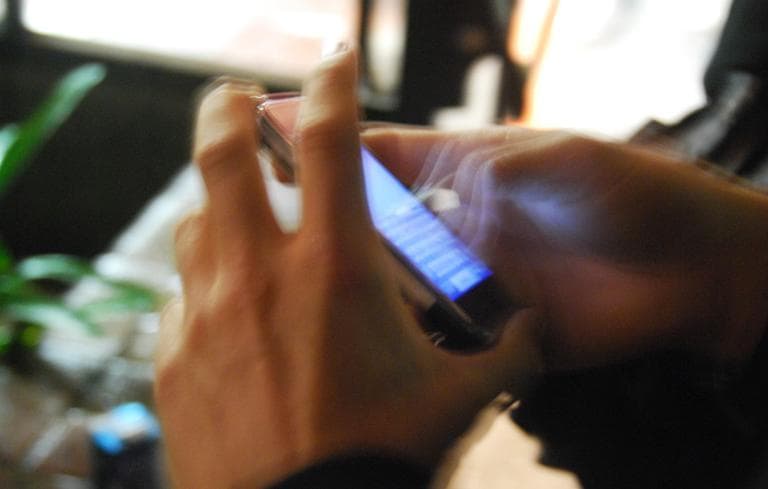Advertisement
Adolescent Sexting Creates Social And Legal Minefield
Resume
In a detailed, 3,500 word article on Sunday, the New York Times recounted the story of a school district in Washington State that erupted in controversy after a nude photo of a 14-year old girl went viral. The photo, taken by the girl herself, started innocently enough when she sent it to her boyfriend at the time. Here's what happened next, according to the Times:
They broke up soon after. A few weeks later, Isaiah forwarded the photo to another eighth-grade girl, once a friend of Margarite’s. Around 11 o’clock at night, that girl slapped a text message on it.
“Ho Alert!” she typed. “If you think this girl is a whore, then text this to all your friends.” Then she clicked open the long list of contacts on her phone and pressed “send.”
In less than 24 hours, the effect was as if Margarite, 14, had sauntered naked down the hallways of the four middle schools in this racially and economically diverse suburb of the state capital, Olympia. Hundreds, possibly thousands, of students had received her photo and forwarded it.
In short order, students would be handcuffed and humiliated, parents mortified and lessons learned at a harsh cost. Only then would the community try to turn the fiasco into an opportunity to educate.
Adolescent sexting is not confined to Washington — there have been at least a couple recent cases in Massachusetts.
We talk about the social motivations behind adolescents sending — and sharing — revealing photos. And we dive into what role parents and the law play.
Guests:
- danah boyd, fellow, Harvard University's Berkman Center for Internet and Society
- Dr. Michael Rich, associate professor of Pediatrics, Harvard Medical School; director, Center on Media and Child Health at Boston Children's Hospital
This segment aired on March 29, 2011.